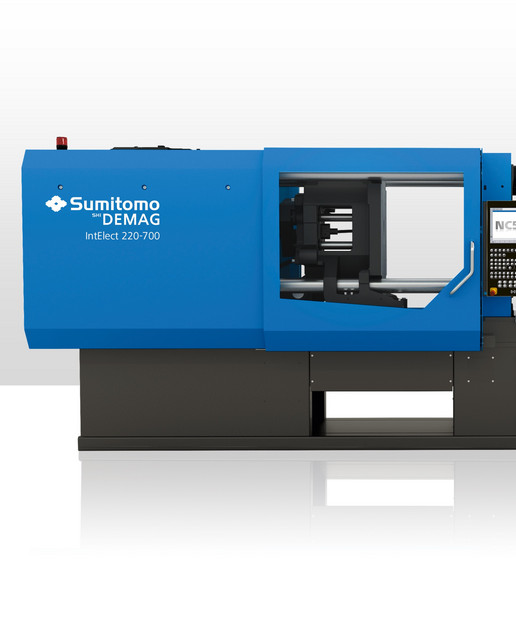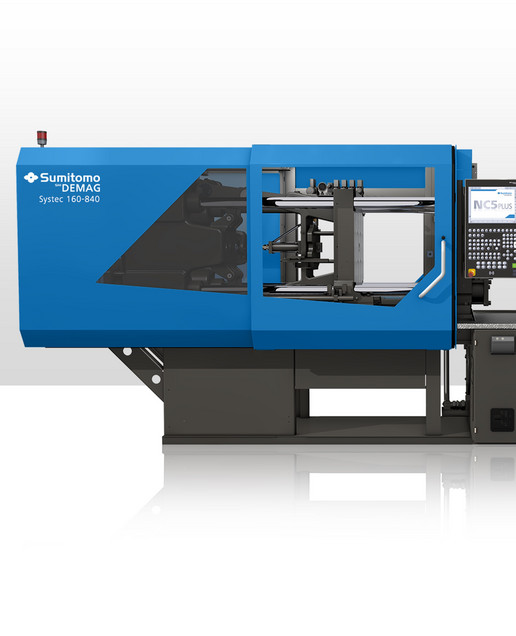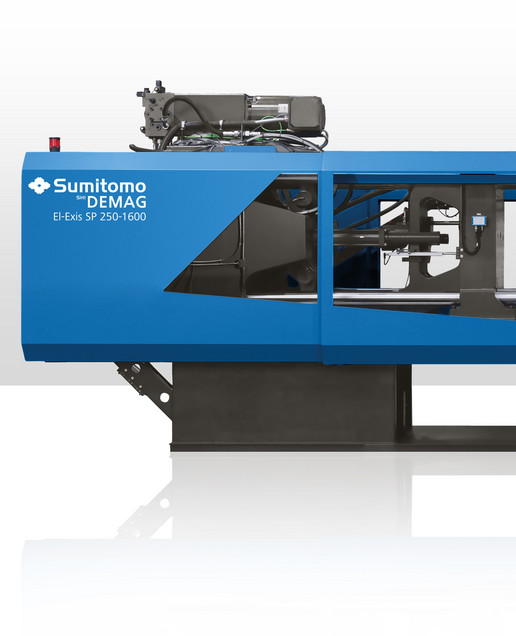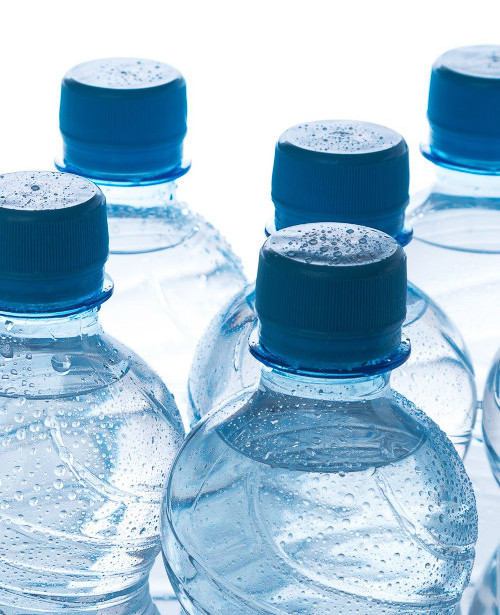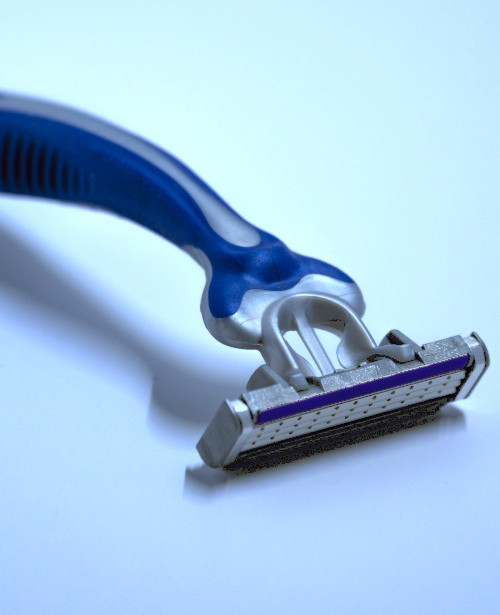Reduced part weight and increased mechanical properties
Physical foaming is a process used in injection moulding to produce lightweight plastic parts with stronger mechanical properties. It involves introducing a gas into the polymer melt to create small, evenly distributed bubbles throughout the material. These bubbles reduce the density of the plastic, resulting in a lighter weight part, while also improving its stiffness, strength, and thermal insulation properties. Dissolving the gas also reduces the melt viscosity, making it even easier to fill thin-walled components. This technology is widely used by the automotive, packaging, and construction sectors, where lightweight and strong plastic parts are in high demand.
- Induction of the gas into the plasticising unit
- Gas absorption and diffusion inside the thermoplastic mass
- Injection
- Pressure drop inside the the cavity initiates gas expansion and foaming
- Cooling
- Mould opening and part ejection
- Plasticising unit adapted to MuCell® technology, including special plasticizing screw
- Shut-off nozzle
- Gas dosing unit (MuCell®)
- Gas injector (MuCell®)
- Fully-integrated peripheral devices in the machine control
- Safety setup
- Part weight reduction up to 40%, depending on the application
- Reduction of sink marks and warpage
- Reduction of the clamping force/required machine size
- Reduction of the injection pressure required to fill the mould cavity
- Energy saving through reduced cycle and cooling time
- 汽车industry (housings, covers, structural components)
- Consumer industry (housing components)
- Packaging industry (containers, lids, etc.)



